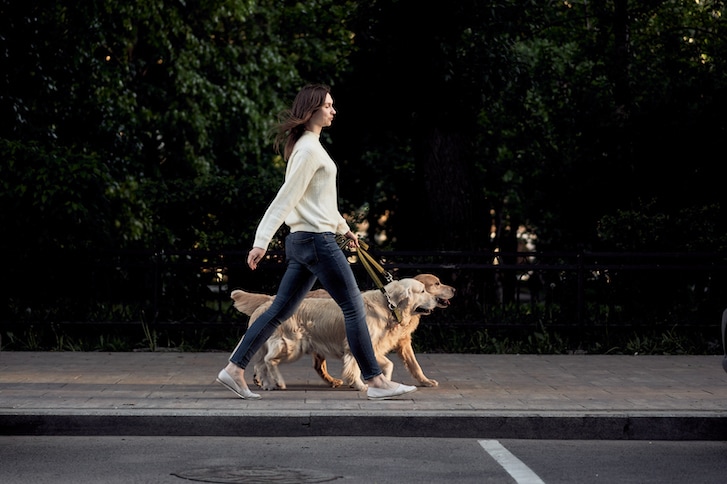If you’re making a living as a pet sitter, there are certain things you need to do to prove you’re the real deal and a professional who takes your job seriously. Launching a website, securing good advertising, and having positive customer reviews may come to mind, but even more important than any of that is securing pet sitter insurance.
Being able to show your customers that you have pet sitter insurance helps legitimize your business. And it offers an essential level of protection, both for your company and for yourself as a business owner.
PROfur, a Canadian insurance broker for pet care professionals, offers a number of different policies at competitive rates. If you like to be aware of all your options, a deep dive online will yield plenty of links.
Insurance isn’t just important for you; it’s important for your clients. During meet and greets, clients might ask to see your insurance policy. In any case, having one will make you stand out from the pack.
When you start your company, you’ll want everyone within the service contract to be covered financially in case something goes wrong. Pet sitting insurance offers peace of mind to all parties involved. And like other forms of insurance, it’s something that’s great to have, even if you hope you’ll never actually have to use it.
If you are seeking coverage but aren’t sure what your policy should include, we can help.
What to get: General liability insurance
General liability coverage protects against third-party claims for bodily injury or property damage arising from negligence on behalf of yourself, your employees (if you own a pet sitting business) or independent contractors who work for you.
The standard policy is typically about $1 million per occurrence. It’s also recommended to include adequate care, custody, or control coverage, which covers the client’s pets and personal property.
If a dog were to chew up furniture in a client’s home while under your watch, for instance, that furniture would be considered personal property in your care, custody, and control. If somebody gives you the key to their house and they’re not there, you now have access and you are now caring for that home, as well as the pet.
The amount of coverage you take out for care, custody, or control should be high enough to cover any vet bills which you may be responsible for should a pet be injured while in your care.
Add-on coverage: Bonding
Coverage in the event anything is stolen is the kind of thing clients may ask a pet sitter about during a job interview.
Theft by employees and pet sitters is not covered by most policies since this is an intentional criminal act. Yet what can be taken out is an employee dishonesty bond in combination with liability insurance. A bond is not insurance, but it will protect the client and it will protect you, the pet sitter or pet sitting company, when a theft occurs. Bonding is often included in the price of pet sitting insurance.
Add-on coverage: Lost key coverage
Let’s hope it never happens to you, but if a key goes missing, it’s a good idea to have coverage. This is usually automatically included as part of a liability policy.
Add-on coverage: In-home boarding
In-home pet boarding is becoming more common as clients seek boarding options that are more comfortable than a kennel atmosphere. Just make sure you tell your insurer you’ll be providing this service, as this kind of service entails a different risk exposure.
Add-on coverage: Workers’ compensation
While it can be pricey, workers compensation insurance is something pet sitters should consider getting. Accidents happen, that’s a given—and so do lawsuits.
Things can get messy between a pet sitter and client when someone is injured on the job.
Workers’ comp functions as a disability policy that covers lost wages. It also provides medical coverage and support to help injured employees get back to work.
The cost of workers’ compensation insurance varies across the country. In BC, the current rate is 1.55% of employers’ assessable payroll, while the average rate in Ontario is 1.3%.
